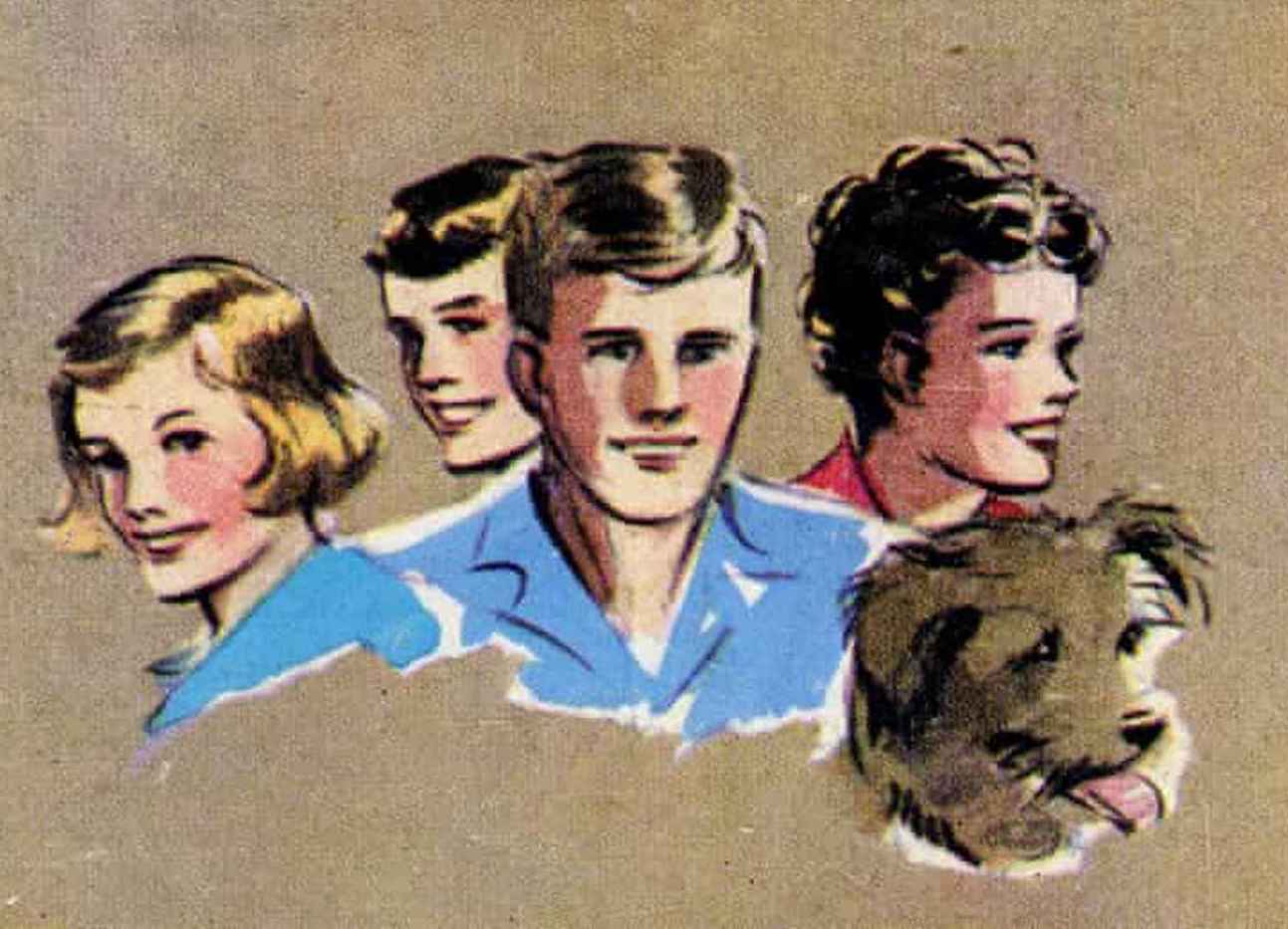Being a Tomboy — and Enid Blyton
In the West, tomboy behaviour in childhood is mostly just role-play and should be treated as such -- with good-humoured tolerance. Girls want to enjoy the fun in the same way as boys do, because prior to puberty, they are not really different at all. Indeed in many cultures, pre-pubertal boys and girls are not differentiated. They play the same games and wear similar clothes.
Tomboy behaviour is not necessarily indicative of Sexual Inversion, whereas persistent feminine behaviour in a boy is more likely to be.
We know this because of the number of adult women who claim to have been 'very boyish' as children, but are now heterosexual or cis-lesbian. It would be rare indeed to find a straight man being quite so open about girly behaviour in his childhood; the only males who do that, in my experience, are either 'gay' or transsexual -- ie they are Sexually Inverted.
[rml_read_more]
An interesting example comes from the children's author Enid Blyton. The wokos are trying to c


